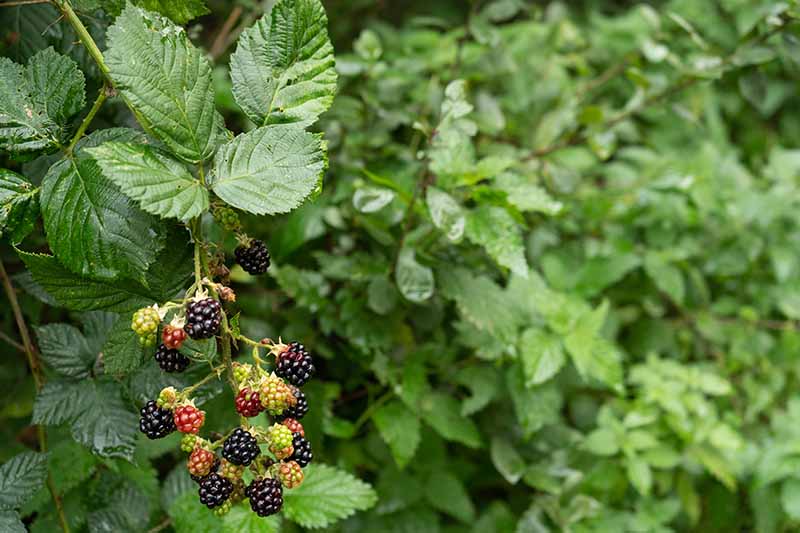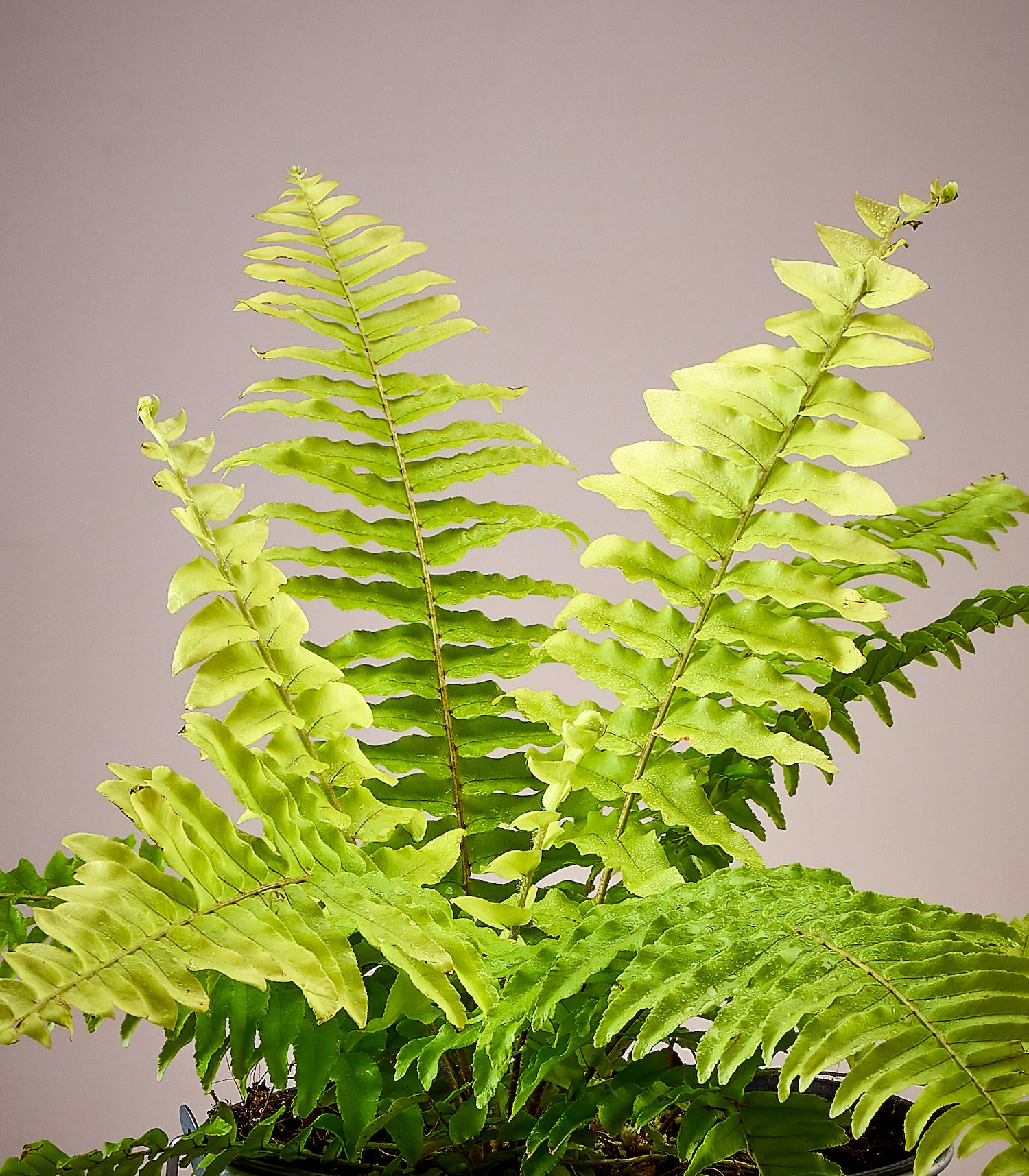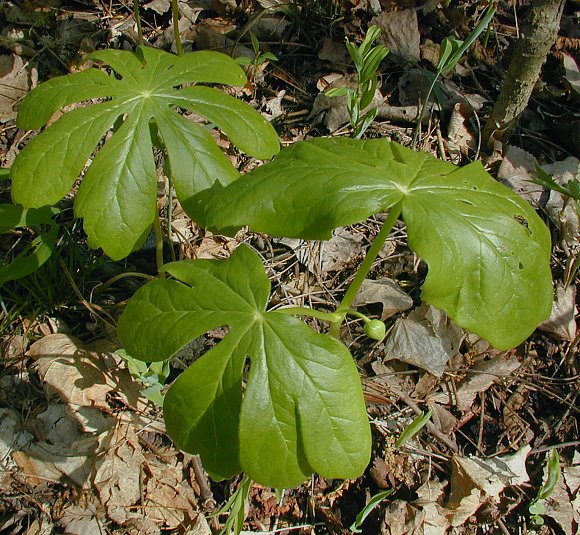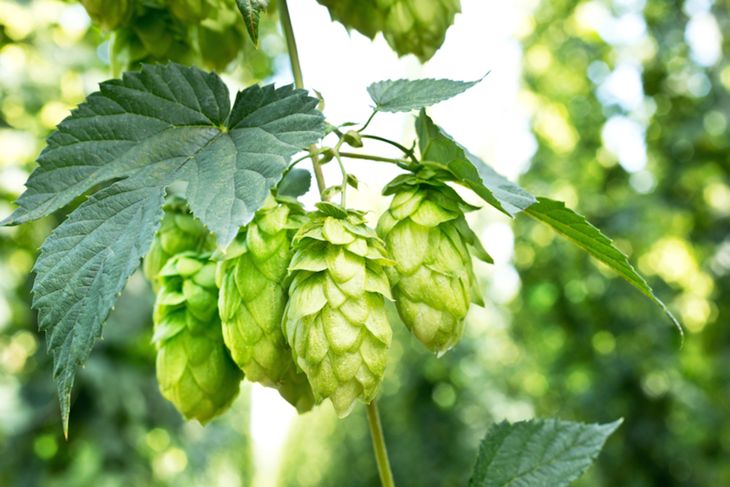Paw Paw Companion Plants That Will Help Your Trees Thrive
Paw Paw Companion Plants That Will Help Your Trees Thrive
Pawpaw trees are native to North America and are known for their delicious fruit. They are relatively easy to grow, but they can benefit from companion planting. Companion planting is the practice of planting different types of plants together that benefit each other in some way. There are a number of companion plants that can help pawpaw trees thrive.
Pollinator Attracting Plants
Pawpaw trees are pollinated by beetles and flies. These insects are attracted to the flowers of pawpaw trees, which have a strong, unpleasant odor. However, there are a number of other plants that also attract these insects, and planting these plants near your pawpaw trees can help to increase pollination and fruit production. Some good pollinator attracting plants include:
- Wild ginger
- Mayapple
- Skunk cabbage
- Ramps
- Currants
- Barberries
Nitrogen Fixing Plants
Nitrogen is an essential nutrient for plant growth. Pawpaw trees can benefit from planting nitrogen fixing plants near them. Nitrogen fixing plants are able to convert atmospheric nitrogen into a form that plants can use. Some good nitrogen fixing plants include:
- Clover
- Alfalfa
- Beans
- Peas
- Lupins
Mulch-Producing Plants
Mulch helps to retain moisture in the soil, suppress weeds, and improve the overall health of your pawpaw trees. Planting mulch-producing plants near your pawpaw trees can help to provide a steady supply of mulch. Some good mulch-producing plants include:
- Comfrey
- Yarrow
- Dandelion
- White clover
- Buckwheat
Disease-Resistant Plants
Pawpaw trees are susceptible to a number of diseases, including anthracnose, leaf spot, and powdery mildew. Planting disease-resistant plants near your pawpaw trees can help to protect them from these diseases. Some good disease-resistant plants include:
- Elderberry
- Spicebush
- Black walnut
- Sassafras
- Pawpaw
Companion Planting Tips
When choosing companion plants for your pawpaw trees, it is important to consider the size of the plants, their growth habits, and their water and sunlight requirements. You should also plant companion plants that will bloom at different times of the year to provide a continuous source of food for pollinators.
Here are some additional tips for companion planting with pawpaw trees:
- Plant companion plants in a circle around your pawpaw tree, about 3 feet away.
- Water the companion plants and your pawpaw tree regularly.
- Mulch around your pawpaw tree and the companion plants to help retain moisture and suppress weeds.
- Inspect your pawpaw tree and the companion plants regularly for pests and diseases.
Conclusion
Companion planting can be a great way to help your pawpaw trees thrive. By planting the right companion plants, you can improve pollination, increase fruit production, and protect your trees from diseases. With a little planning, you can create a thriving pawpaw tree guild that will provide you with delicious fruit for years to come.
Pawpaw trees are a delicious and nutritious fruit that are native to North America. They are relatively easy to grow, but they can benefit from having companion plants nearby. Companion plants are those that help to improve the growth and health of other plants. Some good companion plants for pawpaw trees include:
- Mayapples: Mayapples have similar flowering times to pawpaw trees and attract the same pollinators. They also help to suppress weeds and improve soil drainage.
- Wild ginger: Wild ginger has a strong fragrance that attracts beneficial insects, such as pollinators and predators of pests. It also helps to improve soil fertility.
- Currants: Currants are a good source of nitrogen, which is an important nutrient for pawpaw trees. They also help to attract beneficial insects and deter pests.
- Barberries: Barberries are another good source of nitrogen and they also help to improve soil drainage. They also help to deter pests.
For more information about pawpaw companion plants, please visit Gardenia Inspiration. This website has a comprehensive list of companion plants for pawpaw trees, as well as information on how to plant and care for these trees.
FAQ of paw paw companion plants
- What are some good companion plants for pawpaw trees?
Pawpaw trees are native to North America and thrive in a variety of conditions. They are relatively low-maintenance and can tolerate a wide range of soil types. However, there are some companion plants that can help to improve the growth and productivity of pawpaw trees. Some good options include:
- Blueberries: Blueberries are a good choice for companion plants because they have similar growing requirements as pawpaw trees. They both need full sun and well-drained soil. Blueberries can also help to attract pollinators to pawpaw trees.

- Blackberries: Blackberries are another good choice for companion plants because they can help to suppress weeds and provide ground cover. They also attract pollinators to pawpaw trees.

- Ferns: Ferns are a good choice for companion plants because they can help to improve the soil quality and provide shade for pawpaw trees. They also attract beneficial insects to the garden.

- Wild ginger: Wild ginger is a good choice for companion plants because it can help to improve the soil drainage and suppress weeds. It also has fragrant flowers that attract pollinators.
- Mayapple: Mayapple is a good choice for companion plants because it can help to improve the soil quality and provide shade for pawpaw trees. It also has fragrant flowers that attract pollinators.

- How far apart should pawpaw trees be planted?
Pawpaw trees should be planted 15 to 25 feet apart. This will give them enough room to grow and spread their roots. If you are planting multiple pawpaw trees, it is important to space them out evenly so that they receive equal amounts of sunlight and water.
- What is the best time of year to plant pawpaw trees?
The best time of year to plant pawpaw trees is in the spring or fall. This is when the trees are dormant and less likely to be stressed by transplanting. If you live in a cold climate, you may want to wait until the spring to plant pawpaw trees. This will give them time to get established before the winter weather arrives.
- How long does it take for pawpaw trees to bear fruit?
Pawpaw trees typically start to bear fruit 3 to 5 years after planting. However, some trees may take up to 10 years to start fruiting. The amount of time it takes for a pawpaw tree to bear fruit depends on a number of factors, including the variety of tree, the climate, and the growing conditions.
- What are some common pests and diseases that affect pawpaw trees?
Pawpaw trees are relatively resistant to pests and diseases. However, they can be susceptible to a few problems, including:
- Pawpaw peduncle borer: This insect can damage the flowers and fruit of pawpaw trees.
- Powdery mildew: This fungus can cause white spots to appear on the leaves of pawpaw trees.
- Black spot: This fungus can cause brown spots to appear on the leaves of pawpaw trees.
If you notice any pests or diseases on your pawpaw trees, it is important to take steps to control them immediately. This may involve pruning affected leaves or branches, applying fungicides or insecticides, or removing infested plants.
Image of paw paw companion plants
- Black walnut: Black walnut trees produce a toxin that can inhibit the growth of other plants, but pawpaw trees are not affected. In fact, black walnut trees can help to improve the soil pH for pawpaw trees.

- Hops: Hops are a nitrogen-fixing plant, which means they can help to improve the nitrogen content of the soil for pawpaw trees. They also provide shade and wind protection for pawpaw trees.

- Cucumber: Cucumbers are another nitrogen-fixing plant that can benefit pawpaw trees. They also help to suppress weeds and improve the drainage of the soil.
- Marigold: Marigolds are known for their insect-repelling properties, which can help to protect pawpaw trees from pests. They also add a splash of color to the garden.
- Bee balm: Bee balm is a nectar-rich plant that attracts pollinators, which can help to improve the pollination of pawpaw trees. It also has fragrant flowers that can add a touch of sweetness to the garden.



Post a Comment for " Paw Paw Companion Plants That Will Help Your Trees Thrive"